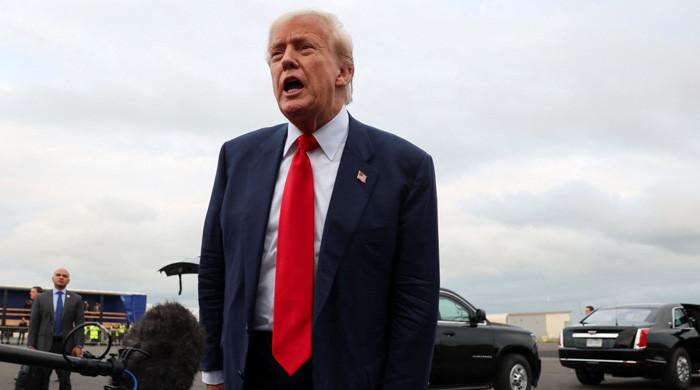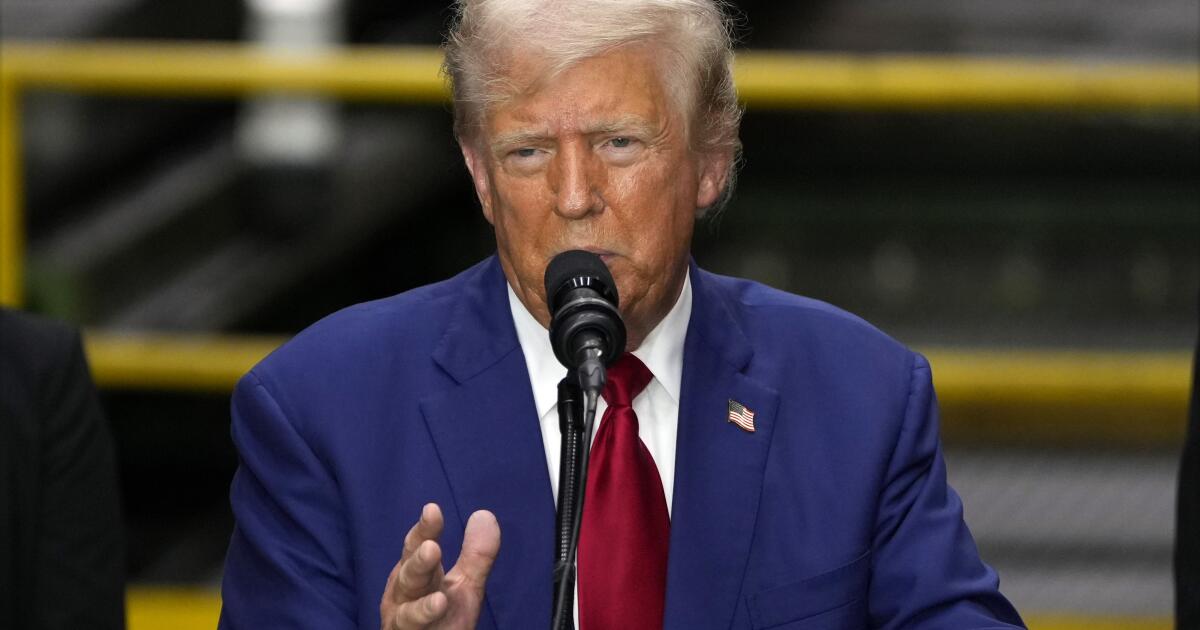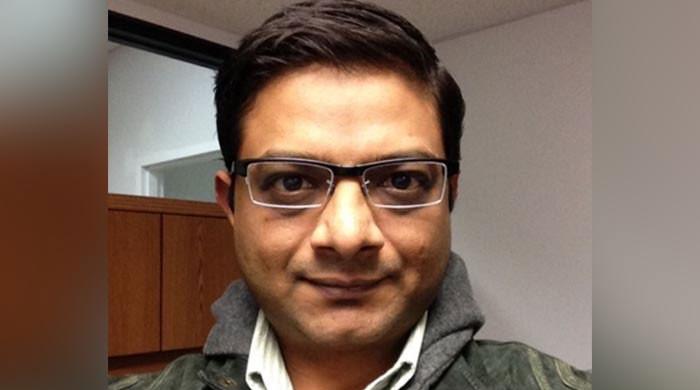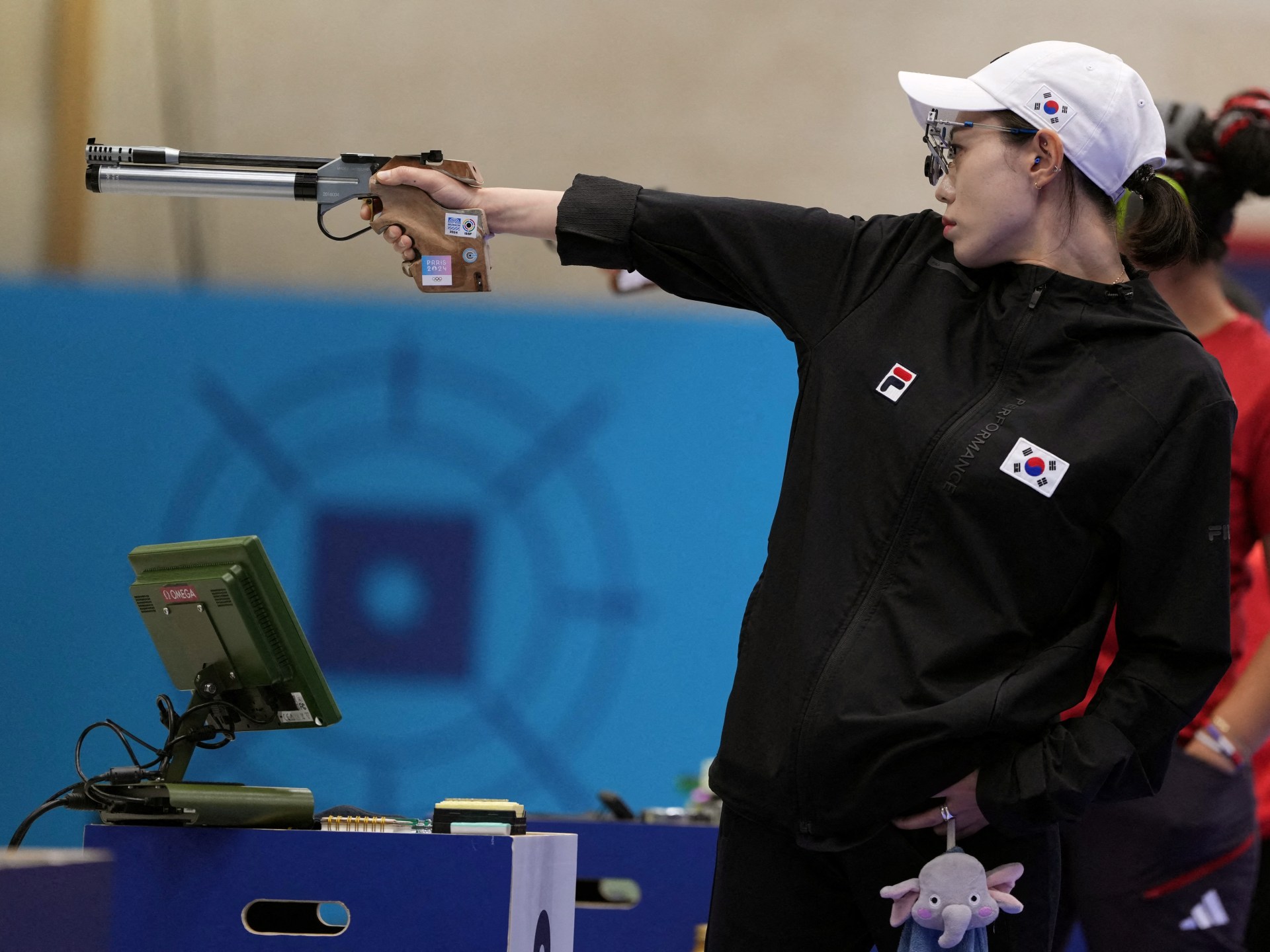Mudgee, New South Wales, Australia – The Mount Piper coal-fired power station is located just 25 kilometres (15 miles) west of one of Australia's most picturesque natural landscapes, the Blue Mountains National Park, known for its spectacular eucalyptus-covered canyons, sandstone cliffs and waterfalls.
The facility, located in a drought-prone, mountainous pastoral area, is one of seven sites where conservative opposition leader Peter Dutton plans to build Australia's first nuclear power plants if his Liberal and National coalition wins next year's federal election.
Dutton has argued that the current centre-left Labor government will not be able to meet its target of cutting greenhouse gas emissions by 43 per cent below 2005 levels by 2030 with renewable energy such as wind and solar alone.
“I want to make sure the Australian public understands today that we have a vision for our country to deliver cleaner electricity, cheaper electricity and consistent electricity,” Dutton told reporters last month.
For many Australians, Dutton's proposals have reignited a debate they believed had been settled for decades.
In 1998, a previous conservative government banned nuclear power in favour of coal, a commodity that remains Australia's second-most valuable export after iron ore: last year, the fuel accounted for 15 per cent of total exports, worth about A$102 billion ($68 billion).
But since 2006, conservative parties have periodically called for a new debate on the nuclear issue, although never seriously during their last term in power, between 2013 and 2022.
Under the current government's plans, Australia is one of the few major economies that does not use, or does not plan to use, nuclear power to provide secured energy to support renewable sources such as solar and wind.
In Blue Mountains communities like Lithgow, a gentrifying town once home to more than a dozen coal mines, the nuclear proposals have sparked mixed reactions.
Larissa Edwards, one of a growing number of “tree-changers” who have moved to Lithgow to escape city life, said she was horrified when she heard about the plans.
“I came because it's a beautiful and special part of the world,” Edwards told Al Jazeera.
“I was stunned, honestly. It’s an obvious location for Dutton’s plan, which he had outlined to some extent. But with the whole area moving to renewables, I was still surprised,” she said.
“I don't think it's the right solution to the energy crisis or the climate crisis we're facing.”
However, Lithgow coal miners who spoke to Al Jazeera on condition of anonymity expressed hope that a nuclear facility would bring new jobs for the next generation following the closure of all but three of the town's mines.
While there is a split between those who prioritise the economy over the environment, there is widespread dismay at the lack of consultation before the announcement or a detailed estimate of costs which are expected to run into billions of dollars.
“The survey I have conducted so far has been on the ground in the Lithgow area and from what I can tell there is already a strong divide between those who support a reactor and those who oppose it, with a lot of people in the middle asking for more detail and information,” Andrew Gee, an independent MP representing the region, told Al Jazeera.
“You can’t expect the community to make an informed decision on this issue if there is no consultation and the community simply doesn’t have the facts. You can’t expect their leaders to do that either.”
The affected state governments in Australia's federated model have given a resounding “no” to Dutton's nuclear plans.
Three of the five states with sites in the plan – New South Wales, Victoria and Queensland – have bans on the construction of nuclear facilities.
Another obstacle is that the proposed sites are privately owned and, in most cases, have prior commitments for renewable energy projects.
“It clearly has a fundamentally political aim, which is to differentiate the opposition on energy policy, and it has been successful so far because the government has not yet decided what its reaction should be,” Tony Wood, director of the energy programme at the Grattan Institute think tank, told Al Jazeera.
The chosen sites are home to former coal-fired power plants, which the current government has promised to phase out as quickly as possible.
According to an optimistic timetable, nuclear energy would take at least 10 to 15 years to become operational.
Critics say the policy is aimed at shoring up Dutton's coalition members in electorates where communities are concerned about the economic impact of the transition away from coal, as well as generating a backlash in regional areas against what many rural residents see as unpalatable renewable energy projects.
At the heart of the debate are questions about the economic viability of renewable energy as Australia transitions to net-zero emissions by 2050, a commitment supported by both major parties.
While policymakers are tasked with finding the most effective solutions for the country's energy grid, they must also take into account the sensitivity of Australian voters to rising energy bills.
Australia's energy demand is forecast to double by 2050, according to a report released last month by the Australian Energy Market Operator (AEMO).
His key message was to accelerate the implementation of renewable energy.
“This doesn't make living costs any better. It could even make them worse because it creates uncertainty,” said Wood of the Grattan Institute, referring to the nuclear proposals.
Other critics have expressed concern about the lack of a plan for nuclear waste.
“I'm concerned about how things will be transported through the area and I'm concerned about waste storage and the impact that could potentially have on an area that's so close to our World Heritage-listed environment,” said Edwards, a Lithgow resident.
These fears have been politically exacerbated by the fact that Prime Minister Anthony Albanese has yet to say where waste from Australia's planned fleet of nuclear submarines, the first of which is not due to arrive until 2030, will be stored.
“It's something Australia will have to work through, and it's proven to be very thorny politically in the past and I don't see that changing,” Ebony Bennett, deputy director of the Australia Institute think tank, told Al Jazeera.
There are also questions about what kind of nuclear technology – from large-scale plants to emerging but largely untested small modular reactors and next-generation sodium-cooled fast reactors – would be best suited to drought-prone Australia.
The first reactor using the latest technology, developed by US company TerraPower, began construction last month in the US state of Wyoming.

In a recent policy paper, Ken Baldwin, a professor at the Australian National University’s Research School of Physics, argued that all options should be allowed to compete on a level playing field if there is “even a small chance that nuclear power can fill the reliability gap in a 100 percent clean energy system.”
“This is a strong argument, currently favored by public opinion, for removing Australia’s legislative ban on nuclear energy, so that the nation can assess the best option without having one hand tied behind its back,” Baldwin wrote.
Today, however, it is clear that investors in an energy sector privatised decades ago do not see nuclear power as viable in Australia.
“Most of the companies I've spoken to and state governments that are pushing renewables will continue regardless of what the opposition in government does,” Wood said.
Perhaps for this reason, Dutton's proposals include state ownership, an unexpected shift for a party that has championed privatization of the energy grid.
As Australia struggles to maintain the pace needed to meet its net-zero emissions target by 2050, the nuclear option has so far had little traction outside conservative political circles and media.
While Dutton and his allies continue to champion nuclear power, the still-elusive price tag, above all, could prove the undoing of the proposals.
The AEMO report concluded that nuclear power was “one of the most expensive ways to generate electricity”.
“I think the economics were probably not very good 20 years ago, and they're even worse now,” said Bennett of the Australia Institute.
“There was huge opposition from the community [then]The reality is that we have missed the nuclear energy train, if there ever was a train to catch.”












